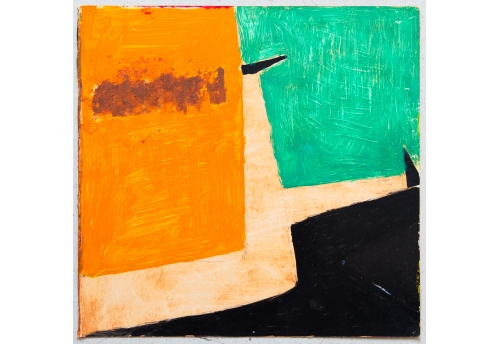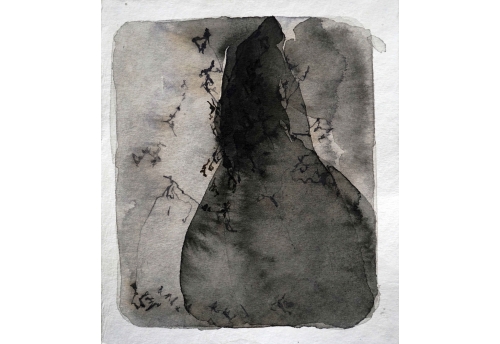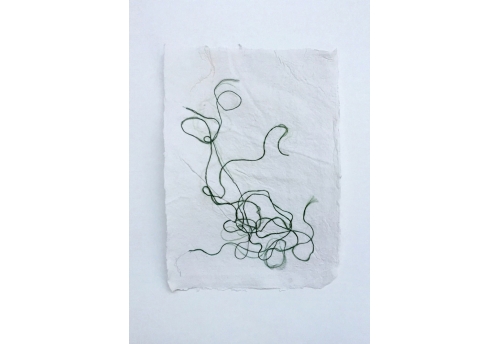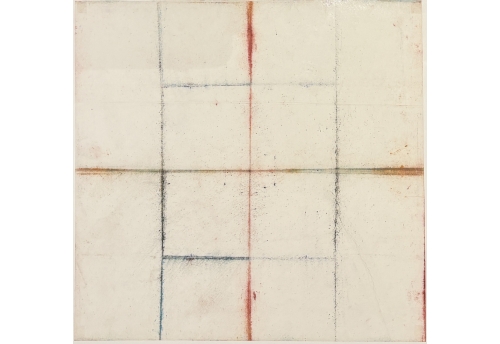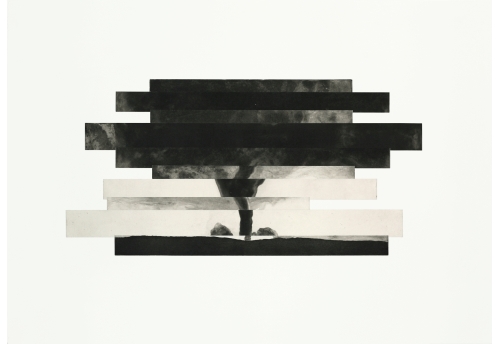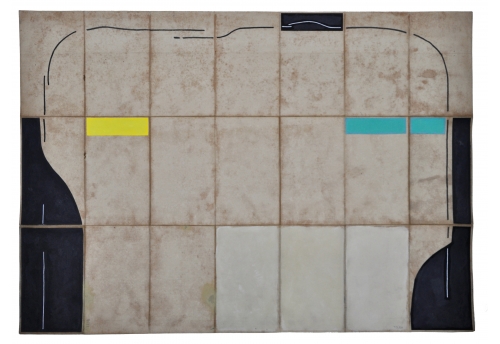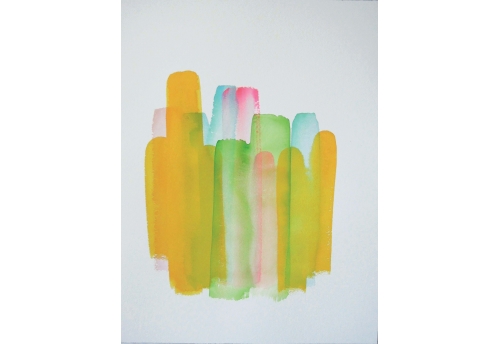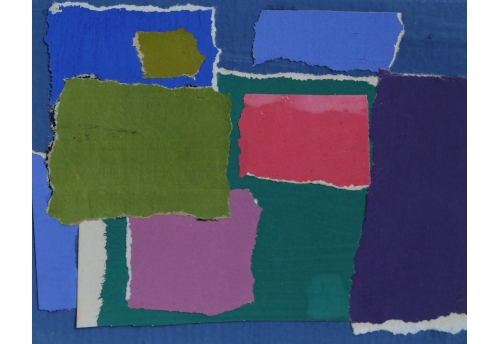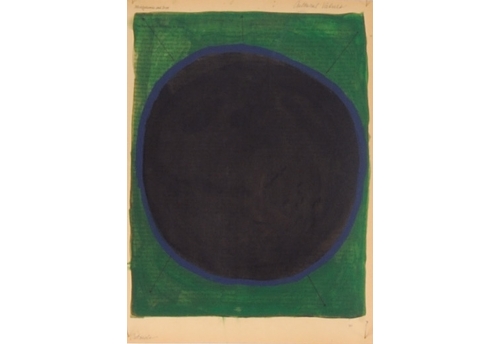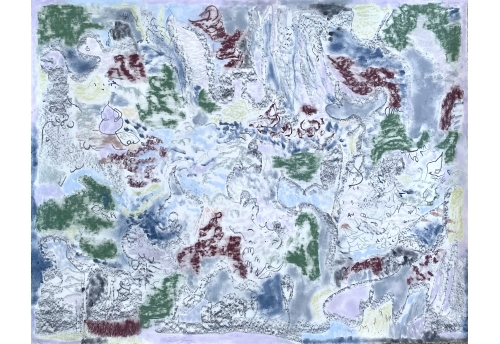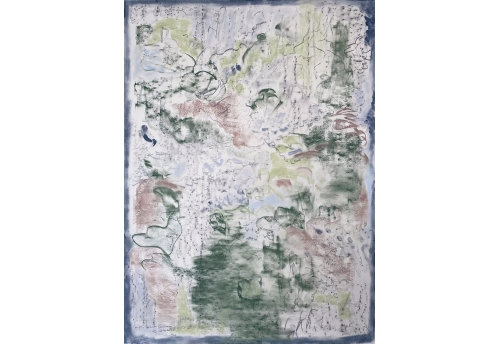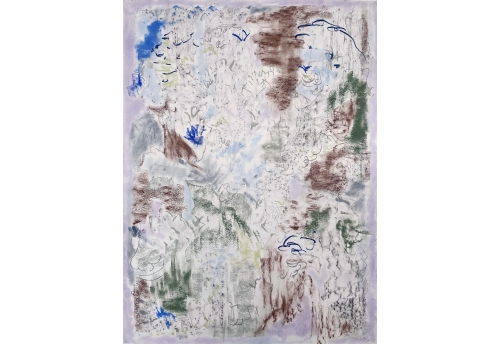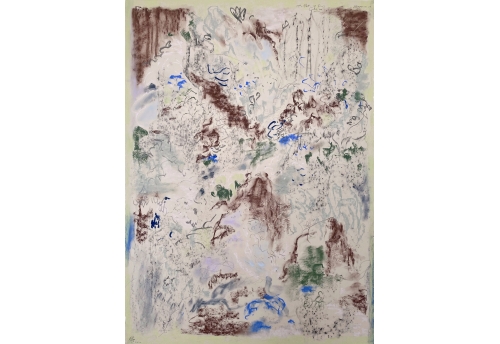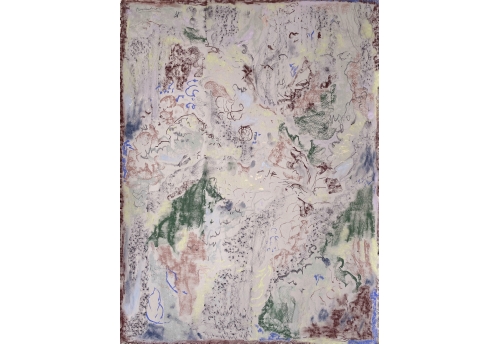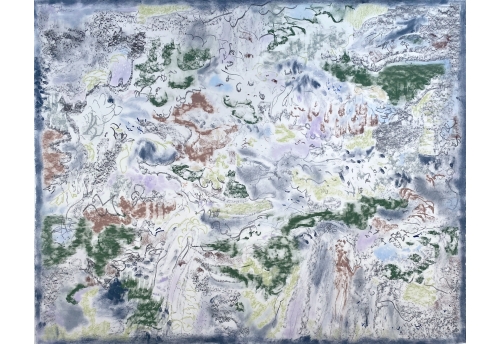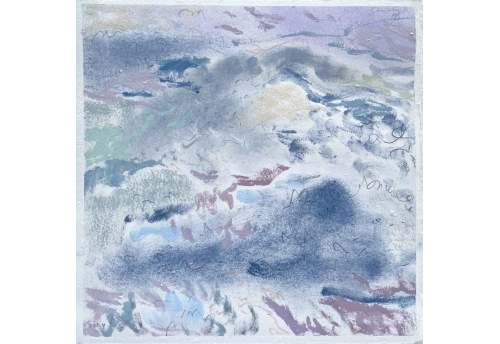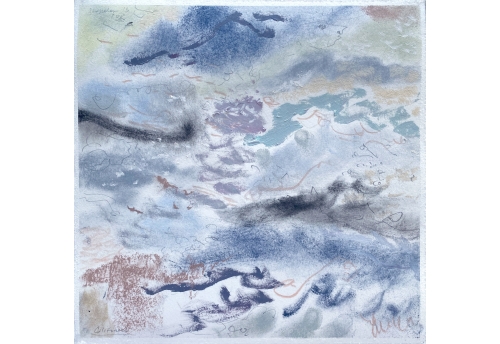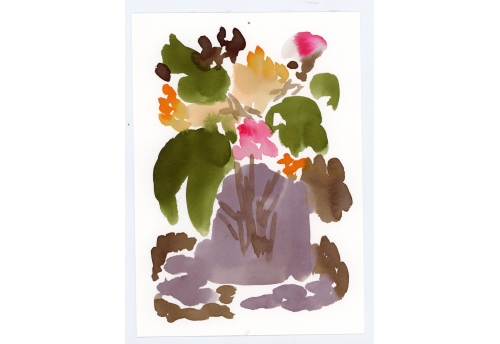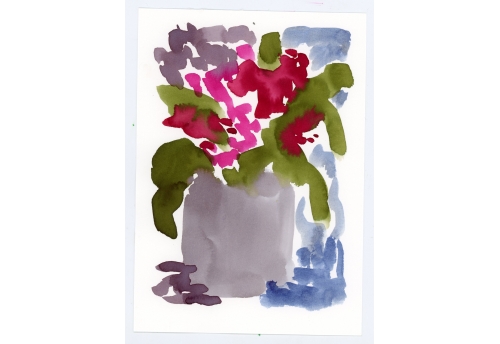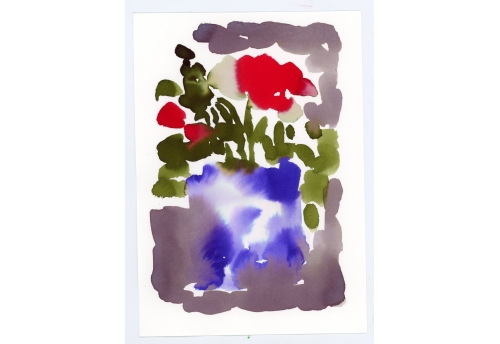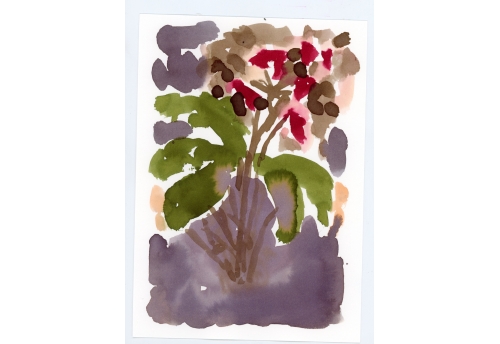Work on paper
EN SAVOIR PLUS
Pierre-Yves Canard
Sans titre I
$ 1,200
Manon Gignoux
Les Ebahis V
$ 1,100
Isabelle Beraut
Petits papiers blanc et fils de soie - Vert 2
$ 1,000
Natalia Jaime-Cortez
Partition 1
$ 3,600
Juliette Vivier
Echelle de Fujita, tornade 14
$ 3,600
Tanguy Tolila
Carte 18174
$ 3,800
Naomi Katsu
Lignes couleur I
$ 1,800
Michael Kaul
PP5
$ 1,800
Charlotte Culot
Micro Aqualux 1
$ 1,000
Julie Wolfe
Cultural Values 4
$ 2,200
Brian Rattiner
Night Moves
$ 5,300
Brian Rattiner
The Olive Groves of Glisteri
$ 2,900
Brian Rattiner
Road to Glisteri
$ 2,900
Brian Rattiner
The Path Up From Chora
$ 2,900
Brian Rattiner
Kanstantinos
$ 2,900
Brian Rattiner
Twighlight Hills
$ 5,300
Brian Rattiner
Skopelos 11
$ 1,350
Brian Rattiner
Skopelos 13
$ 1,350
Bonnie Colin
Bouquet 06
$ 1,500
Bonnie Colin
Bouquet 05
$ 1,500
Bonnie Colin
Bouquet 08
$ 1,500
Bonnie Colin
Bouquet 10
$ 1,500
Bonnie Colin
Bouquet 11
$ 1,500





